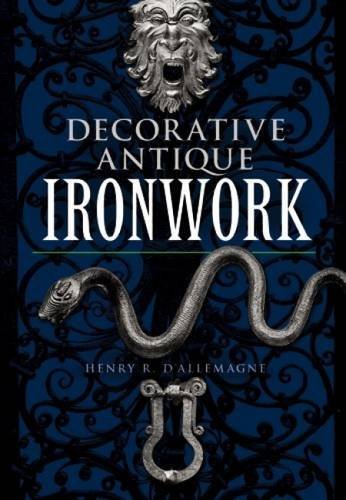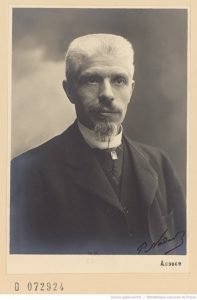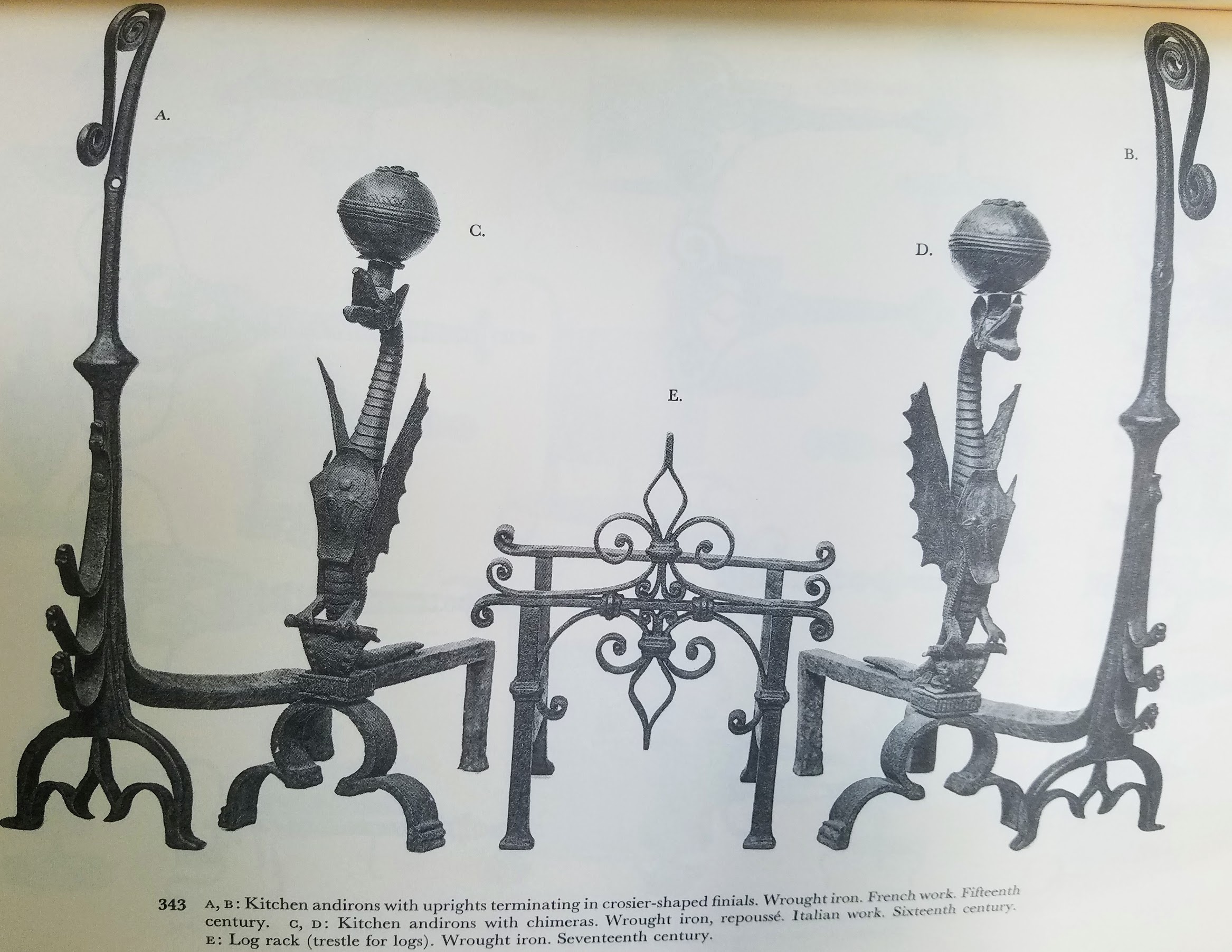By: Henry-René D’Allemagne

Henry-René D’Allemagne was a French librarian (July 30th 1863 – December 25th 1950) and historian specialized in decorative  arts. As a student D’Allemagne had the fortune to apprentice with Pierre Boulanger the famous blacksmith who forged the hinges of the main doors at Notre-Dame de Paris cathedral. A prolific author D’Allemagne wrote books about the topics that interested him and covered such diverse topics as Hobbies, Locksmiths, printed canvases, costume accessories, and ironwork.
arts. As a student D’Allemagne had the fortune to apprentice with Pierre Boulanger the famous blacksmith who forged the hinges of the main doors at Notre-Dame de Paris cathedral. A prolific author D’Allemagne wrote books about the topics that interested him and covered such diverse topics as Hobbies, Locksmiths, printed canvases, costume accessories, and ironwork.
Decorative Antique Ironwork, originally titled Old ironwork: Le Secq des Tournelles Museum, covers 4,500 objects on 415 plates that catalogued the collection forming basis for the museum Le Secq des Tournelle, located in Rouen France, which is focused on wrought iron. The museum notes about it’s collection, “This collection thus reveals a wealth of artistic or picturesque objects made of or containing iron. Historically, it ranges from the Gallo-Roman era to the 20th century, and geographically, includes pieces from all over Europe (including Germany, Britain, Spain, Italy, the Netherlands and Russia) as well as several objects from the East (Arab countries and India). Highly sophisticated pieces (master’s locks and silversmith work) rub shoulders with attractive folk art objects (shopsigns and cooking pots). Only traditional weapons are excluded, as these are already found in other collections. The main themes represented are shop and property signs, cutlery, trade tools, objects of embellishment and enjoyment, and equipment and decoration for churches, homes and doors, particularly locks, coffers and caskets.”
As we look at the table of contents for the book we see the objects in the book fall into those same categories:
- Part 1: Architectural Ironwork
- The Museum And Its Founder: 1-4
- Grilles: 5-35
- Locks And Padlocks: 36-67
- Keys: 68-91
- Escutcheons (Keyhole Plates): 92-104
- Door Knockers: 105-131
- Doorknobs: 132-136
- Hinges an Mountings: 137-141
- Handles And Pulls: 142-156
- Bolts And Latches: 157-167
- Signs And Brackets: 168-180
- Objects Of Repoussé or Chased Iron: 181-206
- Part II – Small Iron and Steel Objects

- Steel Jewelry: 207-229
- Berlin Cast Iron Jewelry: 230-235
- Toilet Accessories: 236-248
- Key Rings and Handbag Frames: 249-252
- Boxes, Sweetmeat Boxes, Snuff Boxes, Powder Horns: 253-263
- Shears, Scissors, Shuttles Bodkins, Sewing Accessories: 264-280
- Smoking Accessories: 281-285
- Religious Symbols And Liturgical Objects: 286-293
- Sundials, Tower And Table Clocks: 294-299
- Bindings, Notebook Covers, Dance Programs: 300-302
- Small Objects of Guilloched steel: 303-309
- Large Pieces of Iron Furniture: 310-316
- Lightning Fixtures And Accessories: 317-336
- Grilles: Andirons, Tongs, And Other Fireplace Accessories; Waffle Irons And Other Kitchen Equipment: 337-360
- Various Tools And Instruments: 361-379
- Knives And Forks, Cooking Utensils: 380-390
- Chests And Coffers, Missal Cases, Alms Boxes: 391-408
- Wooden Furniture With Iron Parts: 409-411
- Objects of Varnished Sheet Iron: 412-415
Like many other books of images of ironwork published by Dover this book has very little text. There is a brief introduction and the remaining 400+ pages are plates of images with a few lines of text along the bottom. It’s an invaluable resource especially as it devotes a substantial number of plates to the “less glamorous” items that were made out of wrought iron & steel.
The Dover series can be a bit hit or miss on the value vs. cost equation but in my opinion this books falls squarely into the worth the money for the paperback. At $150+ the hardcover version is a more questionable value.